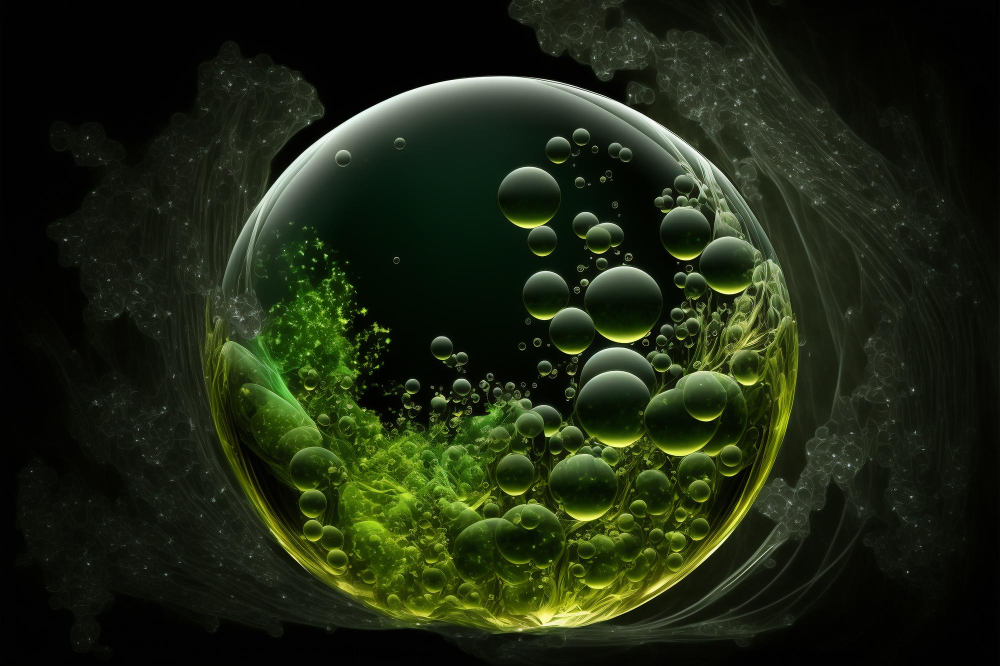Photosynthesis, the remarkable process by which plants, algae, and some bacteria convert light energy into chemical energy, plays a vital role in sustaining life on Earth. At the heart of this process lies the production of oxygen, a byproduct that is essential for the survival of many organisms, including humans. But how exactly does oxygen production relate to the rate of photosynthesis? Let’s embark on a journey through the intricacies of this fascinating biochemical process to uncover the answers.
A Key Byproduct of Photosynthesis
One of the most significant outcomes of photosynthesis is the production of oxygen gas (O2) as a byproduct. This occurs during the light-dependent reactions of photosynthesis, where light energy is absorbed by chlorophyll molecules in the chloroplasts of plant cells. Through a series of complex biochemical reactions, water molecules (H2O) are split into oxygen, hydrogen ions (H+), and electrons (e-). The released oxygen molecules are then released into the atmosphere, where they play a critical role in supporting aerobic respiration and maintaining the balance of atmospheric gases.
A Direct Relationship
The rate of oxygen production is directly related to the efficiency of photosynthesis within a given organism. In other words, as the rate of photosynthesis increases, so does the rate of oxygen production. This relationship is influenced by various factors, including light intensity, temperature, carbon dioxide concentration, and the availability of water and nutrients. Under optimal conditions, plants and algae can produce significant amounts of oxygen, contributing to the oxygen-rich environment that sustains life on Earth.
Illuminating the Path to Oxygen Production
One of the primary factors influencing the rate of photosynthesis and oxygen production is light intensity. As light intensity increases, so does the rate of photosynthetic reactions, leading to higher levels of oxygen production. However, beyond a certain point, the rate of photosynthesis may plateau as other limiting factors come into play. Thus, light intensity plays a crucial role in regulating the rate of oxygen production in photosynthetic organisms, with optimal levels ensuring maximum efficiency.
Finding the Goldilocks Zone
Temperature also plays a critical role in determining the rate of photosynthesis and oxygen production. Like most biochemical reactions, photosynthesis is sensitive to temperature, with optimal rates occurring within a specific temperature range. Too low temperatures can slow down metabolic processes, while excessively high temperatures can denature enzymes and disrupt cellular function. Therefore, maintaining the right balance of temperature is essential for maximizing oxygen production in photosynthetic organisms.
Fueling the Photosynthetic Engine
Carbon dioxide (CO2) serves as the primary source of carbon for photosynthesis, fueling the production of organic molecules such as glucose. As carbon dioxide concentrations increase, so does the rate of photosynthesis and oxygen production, up to a certain point. Beyond this threshold, known as the CO2 saturation point, the rate of photosynthesis may plateau due to other limiting factors. Therefore, ensuring an adequate supply of carbon dioxide is essential for optimizing oxygen production in photosynthetic organisms.
Unlocking the Secrets of Oxygen Production
In conclusion, the rate of oxygen production is intricately linked to the efficiency of photosynthesis, a fundamental process that sustains life on Earth. By understanding the factors that influence photosynthetic activity, such as light intensity, temperature, and carbon dioxide concentration, we can gain insights into the dynamics of oxygen production in plants, algae, and other photosynthetic organisms. As we continue to unravel the mysteries of photosynthesis, we deepen our appreciation for the intricate web of life that depends on this vital biochemical process.
